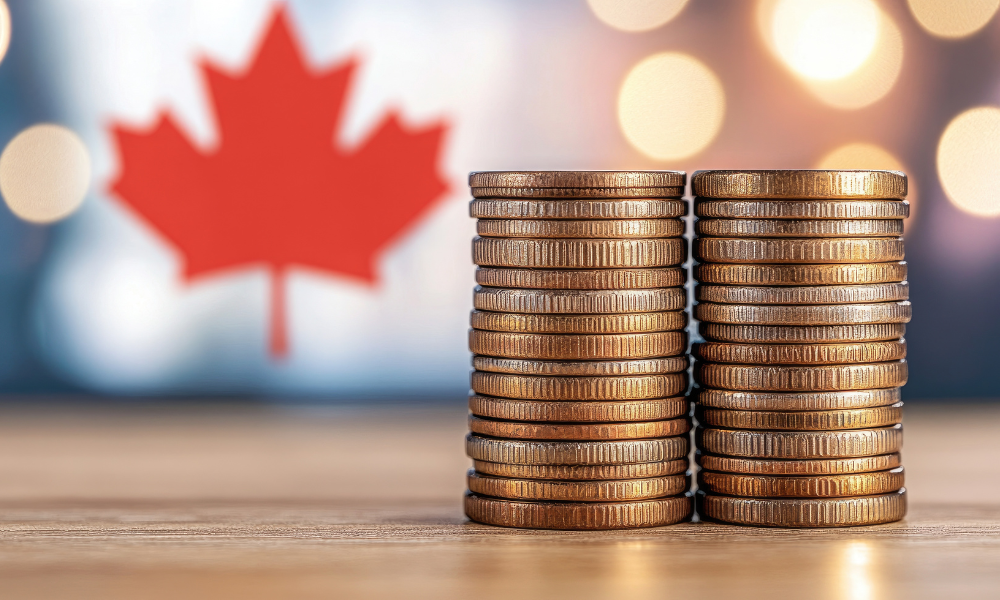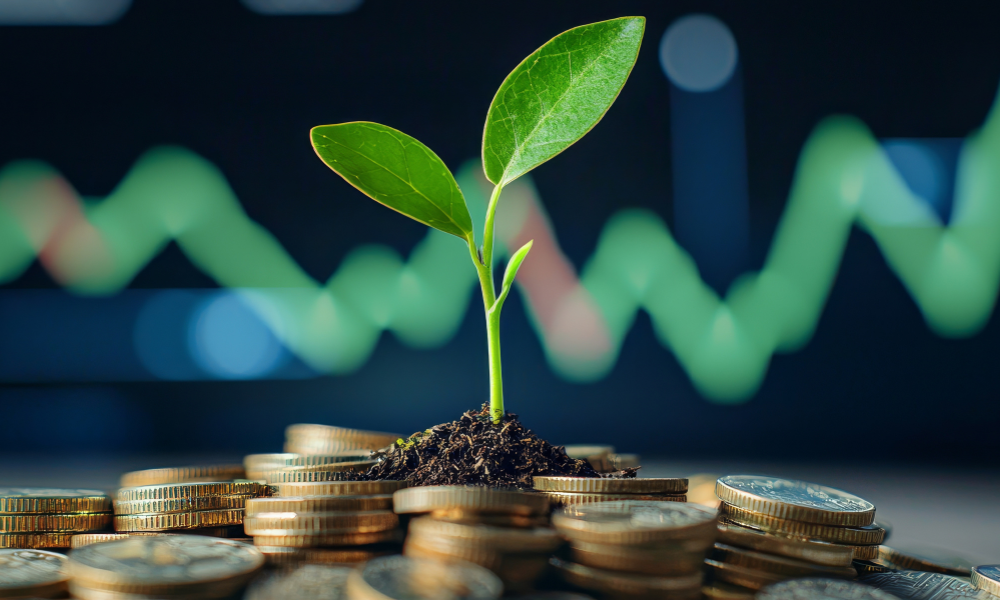But does the wider art market still represent a good investment?


The art market is not for every investor, but for those that play the game well, the returns can be substantial.
It’s rare however, that an investment of just $5 can result in a bidding frenzy for a painting that will provide a return for its owner of many thousands of dollars.
Picked up at a donation centre at a landfill site in South River, Ontario, the painting is notable (as is often the case) because of its artist. Legendary singer David Bowie painted the artwork as part of a collection he created between 1995 and 1997.
The seller picked up the 9.75 x 8inch picture titled ‘DHead XLVI’ and described as “acrylic and computer collage on canvas” because they liked the quirky human profile depicted.
Toronto-based art auctioneers Cowley Abbott is handling the sale and placed an initial estimate of $9-12K on the painting.
At the time of writing, Bowie’s work is heading towards $20K with more than a week still to run on the auction. Similar Bowie works have sold for $30,000 – not bad for an investment of five bucks!
The president of Cowley Abbott Fine Art in Toronto says a quick valuation pegs it at between $9,000 and $12,000; however, at recent auctions, other paintings by Bowie have fetched over $30,000. https://t.co/QUnZdWreFN
— CBC News (@CBCNews) June 15, 2021
How is the art investment market?
Aside from lucky finds at a Canadian landfill, the art investment market remains one of potential.
The Citi Global Art Market chart reveals that, over the past 25 years, contemporary art (created since 1945) has offered an annual return of 14%, beating the performance of the S&P 500 (9.5%).
Losses were recorded in just 4% of cases, based on 3-year investment periods. That’s a better record than global equities and gold.
John Plassard, deputy director at asset manager Mirabaud, recently told CNBC’s Squawk Box Europe that art is less likely to be impacted by market volatility than some more traditional asset classes, if you pick the right pieces.
“Art has also low correlation with other classes so it’s a unique investment and you have minimum losses — if you choose the right one of course,” he said.
But there are risks – including theft, damage, and fakes – and insurance costs can be extremely high. Then there is a lack of regulation, money laundering, and unscrupulous dealers. Due diligence is essential.
Going digital
Recently, much of the focus on the art world has been the burgeoning digital space.
Art sold as non-fungible tokens (NFTs) has been trading for big money. The largest transaction so far has been $69 million but Canadian musician Grimes – Elon Musk’s partner - recently sold NFT art for $6 million and in less than 20 minutes!
There is still a grey area as to what constitutes NFT art, but Anders Petterson of art market researchers ArtTactic told SCMP.com that it will find its place.
“I believe as the traditional art world and artists start to embrace NFTs, a clearer picture of how we would define NFT art will emerge. Maybe it will become an art category or a new ecosystem for digital and physical art,” he said.



